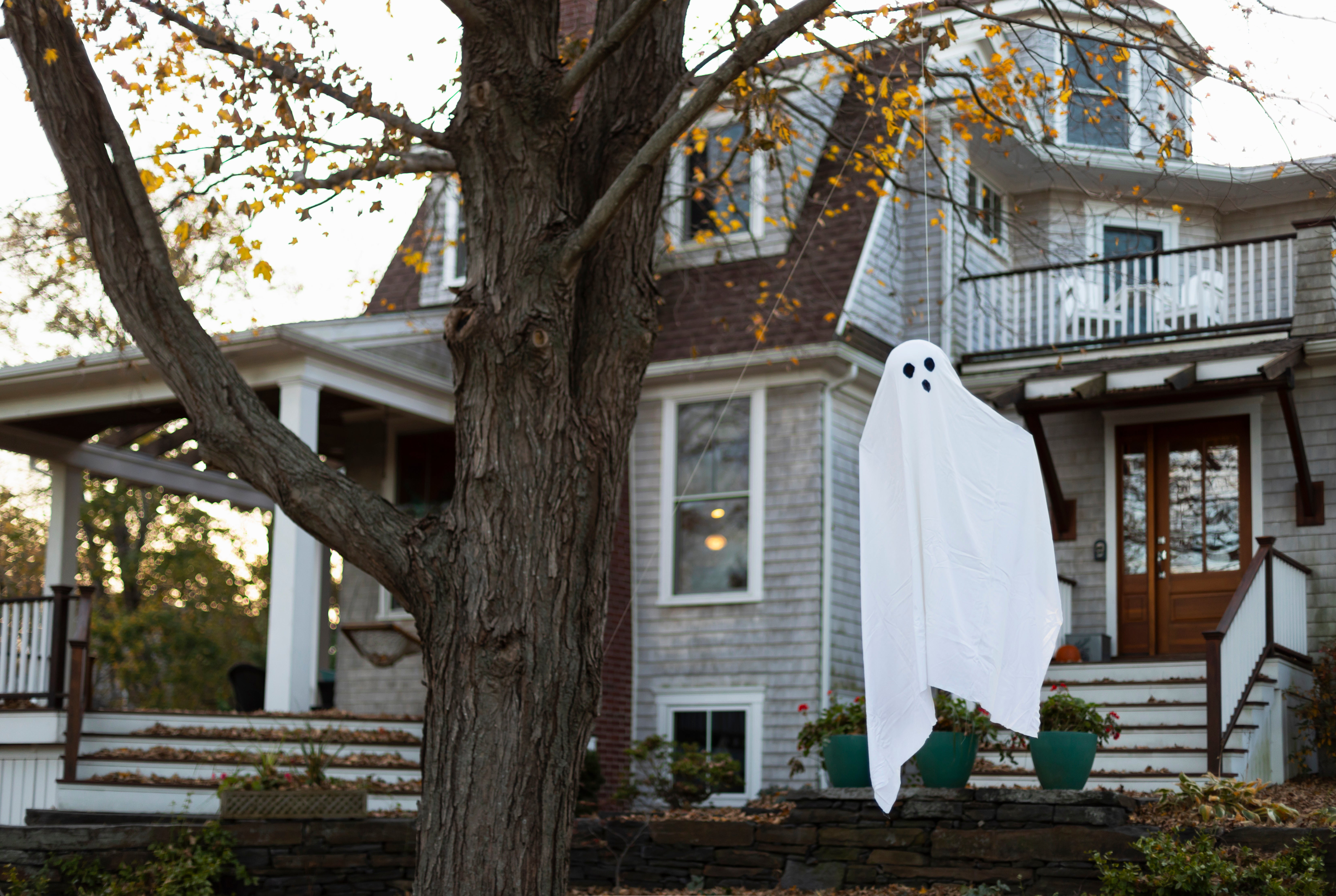Overview
Escalating escrow costs are reshaping the financial reality of homeownership across the U.S., undermining the predictability once promised by fixed mortgage payments.
- Escrow costs now rival mortgage principal and interest payments for a growing share of homeowners, driven by surging property taxes and insurance premiums, especially in states facing increased natural hazards and migration.
- Affordability hotspots in the Midwest and South are seeing the steepest increases, with average escrow payments up 45% nationally and over 50% in states like Nebraska, Kansas, and Wyoming.
- The financial strain is destabilizing homeownership, contributing to rising mortgage delinquencies and threatening long-term housing security, particularly in regions where insurance access is tightening and tax hikes are accelerating.

For generations, buying a home meant locking in a mortgage to insulate against rising living costs. But when property taxes and insurance lift monthly escrow payments by double digits each year, that stability disappears.
List price has ceased to translate to monthly mortgage payments. In fact, for 10% of homebuyers, the amount paid into escrow, which accounts for property taxes and home insurance1, exceeds the principal and interest owed on a home. And because escrow payments are variable, that inversion is poised to affect more homeowners across the U.S.
Monthly average escrow amount
Data source: Cotality, 2025
People are paying an average of 45% more in escrow costs compared with five years ago2 , and these increases are not shared equally. Homeowners seeing the steepest increases in escrow costs are in states where affordability has incentivized a flood of migration that has collided with increasing exposure to natural hazards.
Hidden behind the list price
Across the Midwest and parts of the South, accessible home prices have been a magnet for buyers who are locked out of the U.S. property market elsewhere. However, these states also contend with some of the highest jumps in property taxes and insurance costs, which has left homeowners budgeting for escrow increases about 50% greater than five years ago.
States with largest change in average escrow amount (2025 compared to 2019)
Data source: Cotality, 2025
“Rising escrow costs are a growing financial burden for both new and existing homeowners,” said Cotality Principal Economist Archana Pradhan. “This financial strain can deter many from entering the housing market, ultimately affecting their ability to achieve homeownership. At the same time, existing homeowners are getting squeezed, especially those who are on fixed incomes or tight budgets.”
Natural catastrophes have strained the U.S. insurance market for years, putting pressure on homeowners from hurricane-prone Florida to the wildfire-threatened West Coast. But increasingly, severe convective storms are also becoming a costly burden.
Hail has become one of the most expensive insurance threats in the country. And it hits hardest where most home prices appear accessible. Nebraska is home to the second-largest number of houses impacted by hail, according to Cotality data. Kansas is not far behind. More and bigger hail is leading to higher costs for insurers and homeowners alike.
In isolation, higher insurance costs raise escrow bills, but these same states also content with swelling property tax payments. Property tax bills are 15.4% more than just before the pandemic. In states like Wyoming, South Dakota, and Kansas where Cotality data shows home prices have spiked by double digits since 2019, the increase is even more.
“Rising home insurance costs and escalating property taxes are delivering a one-two punch to Nebraska homeowners,” Nebraska Congressman Mike Flood said in a release. Homeowners in this Midwestern state have seen a 53% increase in their escrow costs in the last five years.
Escrow bills that add hundreds of extra dollars to monthly payments every year can tip the balance for many homeowners. For would-be buyers, these costs can keep them locked out of the market permanently.

Instability leads to insecurity
Qualifying to buy a home and continuing to pay on an existing mortgage requires a balance between debt-to-income ratios, access, and security. If one falters, the foundation of homeownership fractures.
The fragility of this balance is underscored in today’s market. Insufficient supply has pushed up housing prices for years. Insurance is becoming increasingly difficult to access, which limits people’s ability to take out a mortgage. Rising consumer prices are pinching pocketbooks, making even a slight increase in monthly mortgage payments a major budget item. Add in repairs, especially in areas prone to natural disasters, and homeowners may find themselves shouldering a financial burden rather than a wealth-building asset.
More people are starting to fall behind on their mortgages. Nebraska, which has one of the biggest jumps in both property tax and insurance costs, had the fourth-highest increase in mortgage delinquencies last year. The 10 states where delinquencies spiked the most all recorded escrow increases of above 40% year over year; all 10 markets are in the South and the Midwest.
This instability is leading to more people who are unable to afford to keep their homes. While homeowners in the South and the Midwest may be the first to have their grips on homeownership slip, Cotality data indicates that the scales are set to tip in other states too.
Those with homes in Colorado who are juggling both property tax and insurance increases, are facing strong headwinds that could lead to falling behind on mortgage payments. But even where mortgage delinquencies aren’t prevalent, the pressure from higher escrow costs is mounting.
Utah, Colorado, and Montana are contending with more intense wildfires, which are driving up insurance costs and, by extension, escrow bills. New Yorkers and Nebraskans put a similar share of their monthly costs toward escrow payments, but in New York this is largely due to a 21% inflation in property taxes from 2019 to 2024.
Increasingly, these annual cost hikes are leading indicators that homeownership’s promise of predictability and security is fading across the U.S.
Risking a securely rooted future
The degree to which escrow costs can alter monthly mortgage payments is staggering. All across the Midwest, the amount paid toward insurance and property taxes is almost half of the monthly cost of owning a home.
2025 escrow share out of the total monthly mortgage payment
Data source: Cotality, 2025
And that variable financial commitment to taxes and insurance is only growing. That means what was a comfortable financial commitment to build wealth can change from one year to the next and destabilize a budget. Without stable monthly payments, homeownership will shift from being a safe bet to a risk that ends in loss.
The system has not kept up with the changing environment. As homeownership shifts, resilience will help rebalance the foundations of the property ecosystem. Achieving this though will take all levels of government strategically prioritizing long-term affordability through holistic mitigation planning and dedicated funding to support resiliency efforts.
As it stands, the lack of stability has left homebuyers with a lack of choice. Without a unified effort to integrate foundational strategies that ensure market resilience, wealth, access, and security will erode alongside home affordability.




1 Fixed-loan home mortgages originated between 2010 and 2024 were analyzed using the Cotality Loan-Level Market Analytics (LLMA) Database. Escrow amounts are tracked for both new homebuyers and existing homeowners through June 2025.
2Lenders require homeowners with 20% or less equity to have an escrow account for conventional mortgages. Some homeowners also choose escrow accounts for managing taxes and insurance. FHA loan borrowers must keep an escrow account throughout the loan, regardless of their equity.





